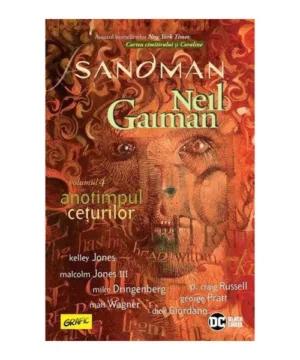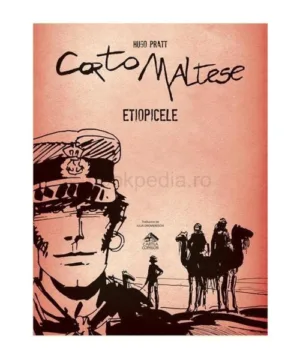In the Shadow of the Heathens’ Gate. The Black Book of the Gold Coins from Carnuntum
95,00 lei
| Authors | Cristian Gazdac |
|---|---|
| Publisher | MEGA |
| Year | 2014 |
Informații suplimentare
| General | |
|---|---|
| Authors | Cristian Gazdac |
| Publisher | MEGA |
| Year | 2014 |
| Others | |
| Identification | |
| ISBN-13 | 9786065434820 |
| Format | |
| Dimensions | 210x297 |
Descriere
In Roman times Carnuntum was a famous metropolis beside the Danube River in the province of Pannonia. At the same time it was seat of the governor of Pannonia Superior. Carnuntum was a metropolis that received a large number of imperial visits (e. g. Tiberius, Marcus Aurelius, Septimius Severus, Diocletianus, Maximianus, Valentinianus I). In AD 308, Carnuntum hosted the Emperors’ Conference in attempt to solve the problems of succession during the time of the tetrarchy.
During the Middle Ages the villages of Petronell and Bad Deutsch-Altenburg developed on the site of the former Roman metropolis. The inhabitants thus lived in the shadow of the Roman monuments – e. g. Heathens’ Gate = Heidentor or the ruins of the legionary fortress.
Carnuntum once more became famous in the 19th century when the first “systematic” excavations started. From that time until the present day, with few interruptions, archaeological excavations have revealed the importance of Roman Carnuntum and its impressive edifices (temples, amphitheatres, baths, residential district, necropolises) and large number of artefacts. All these, together with intensive restoration and reconstruction activities, provided an opportunity to see Carnuntum again, in the glamour of its Roman glory. – quote from CARNVNTVM. THE METROPOLIS AND ITS GOLD COINS
–
Pe vremea romanilor, Carnuntum era o metropola faimoasa de langa Dunare in provincia Pannonia. În același timp, a fost sediul guvernatorului Panoniei Superioare. Carnuntum a fost o metropolă care a primit un număr mare de vizite imperiale (de exemplu Tiberius, Marcus Aurelius, Septimius Severus, Diocletianus, Maximianus, Valentinianus I). În anul 308 d. Hr., Carnuntum a găzduit Conferința Împăraților în încercarea de a rezolva problemele succesiunii în timpul tetrarhiei.
În Evul Mediu, pe locul fostei metropole romane s-au dezvoltat satele Petronell și Bad Deutsch-Altenburg. Locuitorii trăiau astfel în umbra monumentelor romane – de ex. Poarta păgânilor = Heidentor sau ruinele cetății legionare.
Carnuntum a devenit din nou celebru în secolul al XIX-lea, când au început primele săpături „sistematice”. Din acel moment și până în prezent, cu puține întreruperi, săpăturile arheologice au scos la iveală importanța Carnuntumului roman și a edificiilor sale impresionante (temple, amfiteatre, băi, cartier rezidențial, necropole) și un număr mare de artefacte. Toate acestea, împreună cu activitățile intensive de restaurare și reconstrucție, au oferit ocazia de a revedea Carnuntum, în strălucirea gloriei sale romane. – citat din CARNVNTVM. METROPOLEA ȘI MONEDELE EI DE AUR
















